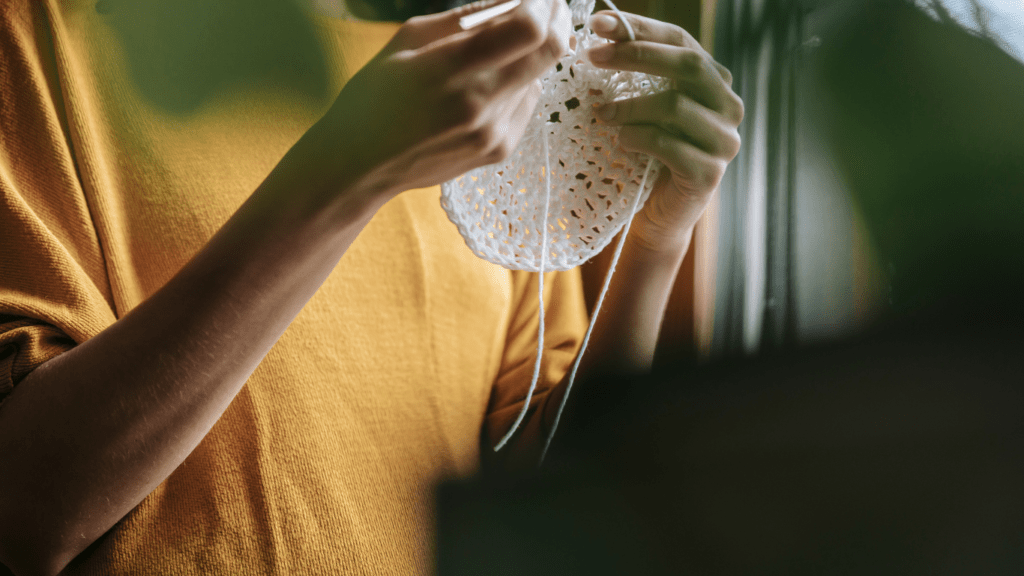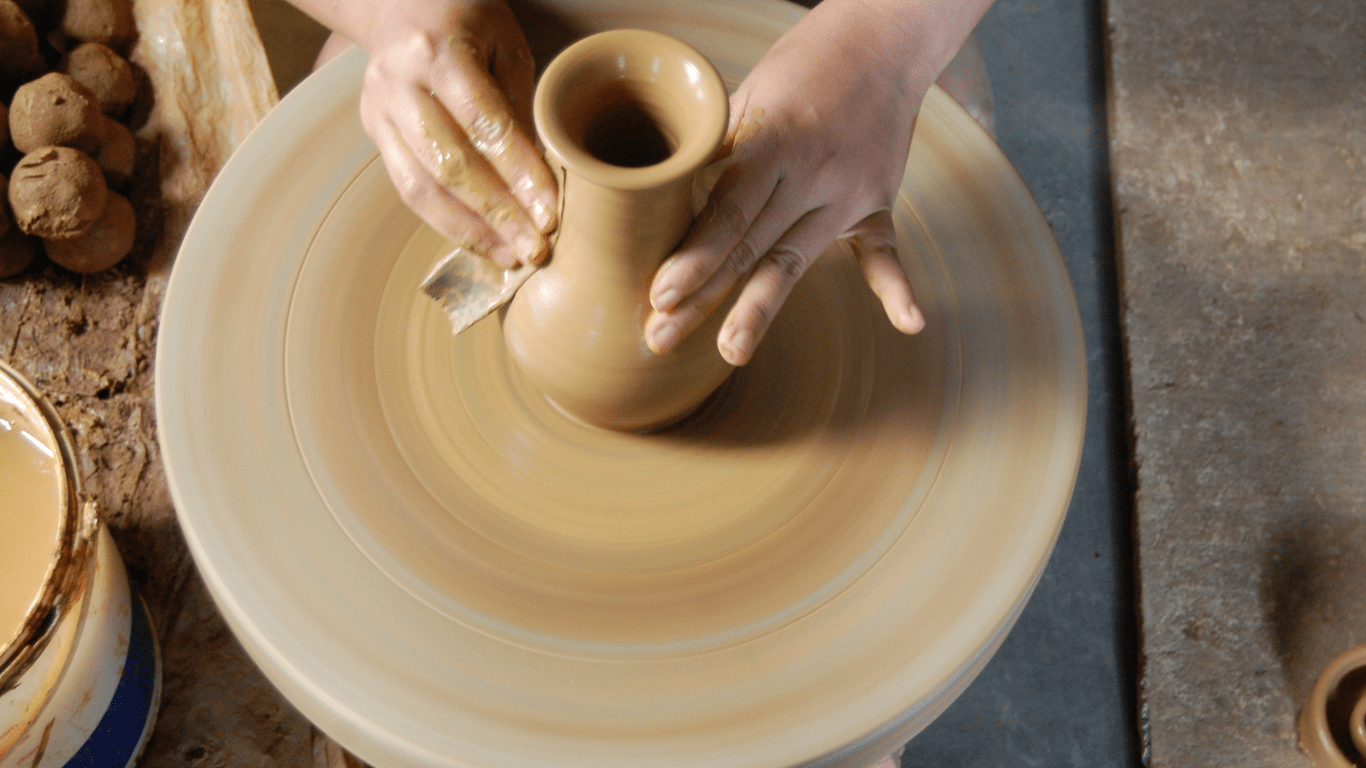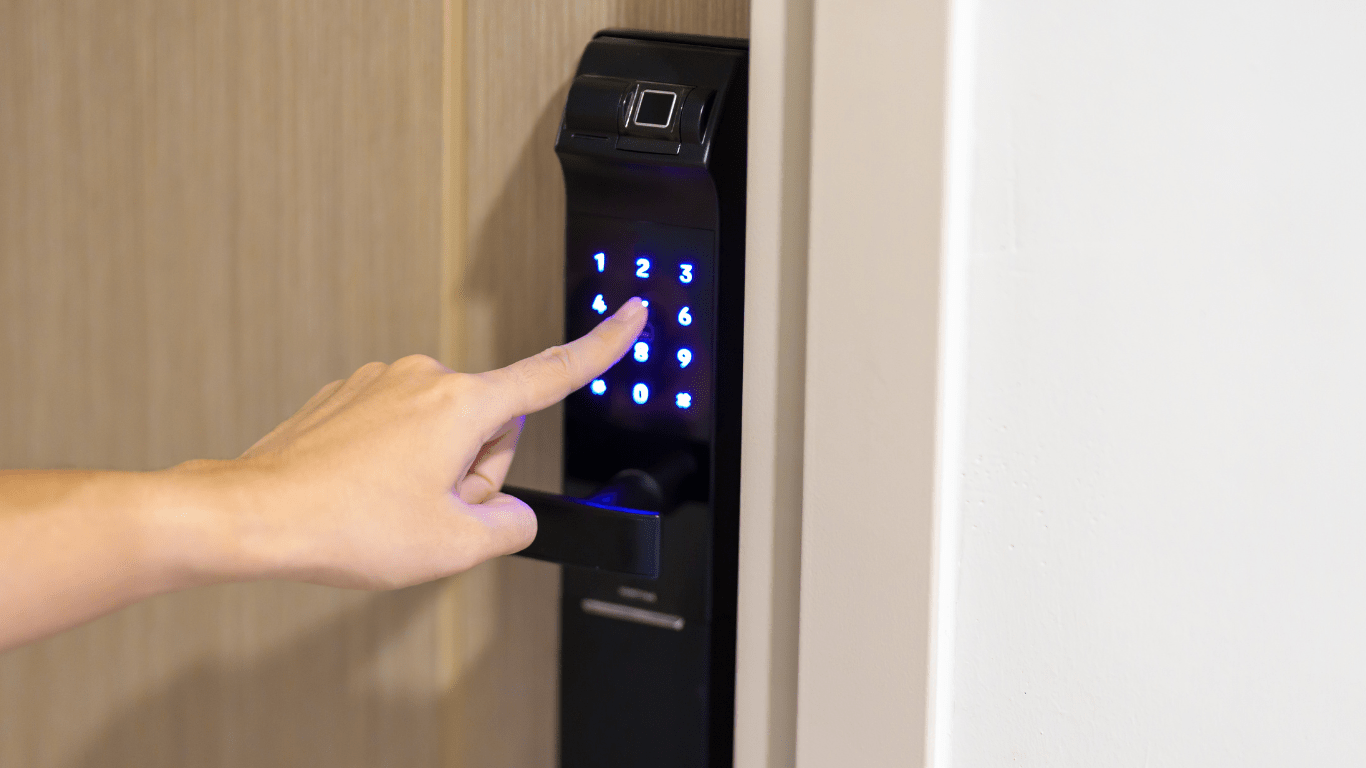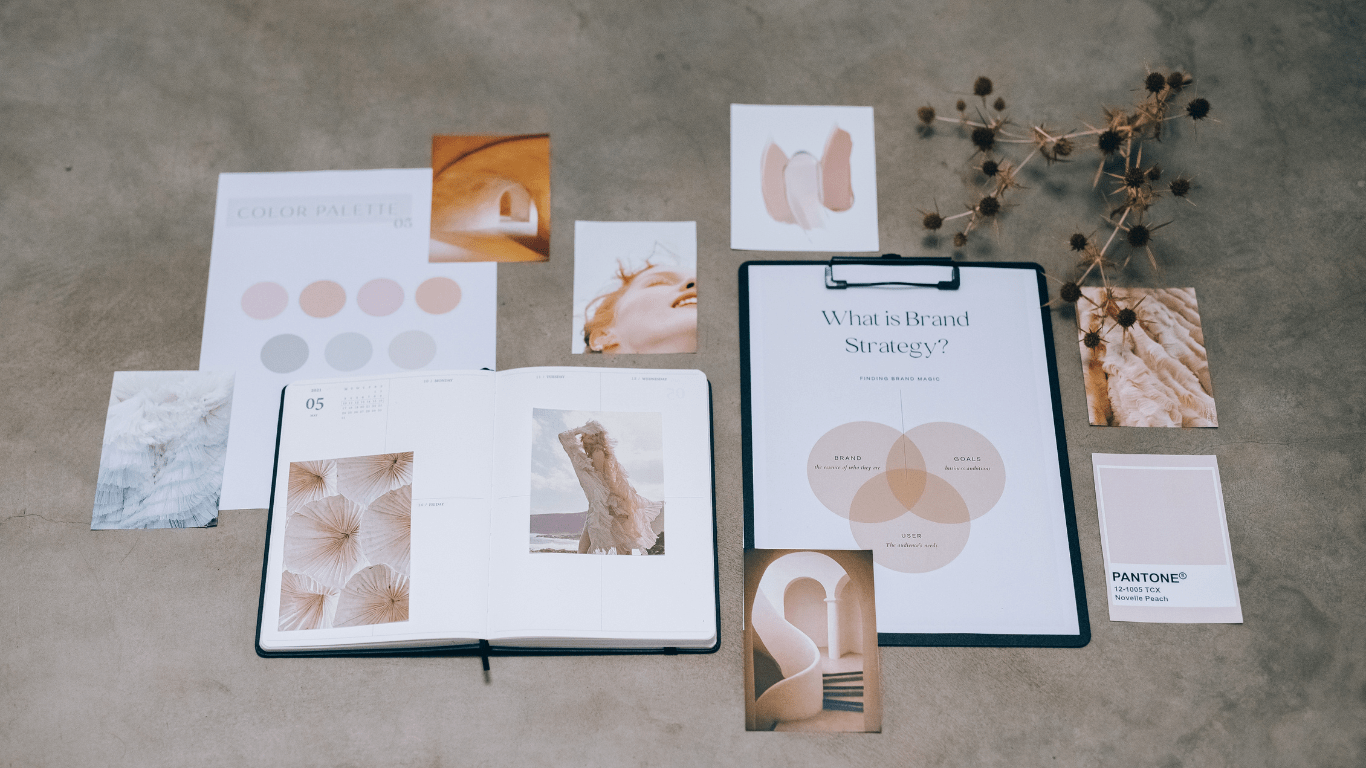The Therapeutic Benefits of Crafting
1. Reducing Stress and Anxiety
Crafting has been shown to be an effective way to reduce stress and anxiety in individuals.
Engaging in activities like knitting or painting can help me relax and unwind after a long day.
The repetitive motions involved in crafting can be meditative, calming the mind and lowering stress levels.
By focusing on the creative process, I can take a break from the worries of the day and find a sense of peace and tranquility.
2. Enhancing Mindfulness
Crafting promotes mindfulness by allowing me to fully immerse myself in the present moment.
When I’m knitting or working on a craft project, I focus my attention on the task at hand, which helps me let go of intrusive thoughts and distractions.
This heightened awareness of the present not only improves my concentration but also brings a sense of calm and clarity to my mind.
Crafting becomes a form of meditation that enhances my overall well-being.
3. Improving Mood and Self-Esteem
Engaging in crafting activities can have a positive impact on my mood and self-esteem.
Completing a creative project gives me a sense of accomplishment and pride in my work.
Whether it’s finishing a knitted scarf or painting a beautiful picture, the act of creation boosts my confidence and self-worth.
Crafting allows me to express my creativity and individuality, leading to a greater sense of personal fulfillment and happiness in my life.
Different Forms of Crafting as Therapy
Knitting and Crocheting
Knitting and crocheting are versatile forms of crafting that engage both the mind and the hands.
These activities involve repetitive motions that can have a soothing effect on my brain, similar to a form of meditation.
By focusing on intricate patterns and delicate movements, I immerse myself in the present moment, letting go of worries and stressors.
The rhythmical nature of knitting and crocheting can reduce my heart rate and promote a sense of calmness, making it an ideal therapeutic practice for relaxation and mindfulness.
Painting and Drawing
Engaging in painting and drawing allows me to unleash my creativity and emotions on a canvas or paper.
The act of selecting colors, strokes, and shapes becomes a means of self-expression and release.
As I immerse myself in the artistic process, I find myself in a state of flow, where time fades away, and I am fully present in the act of creation.
Painting and drawing can be cathartic, enabling me to externalize my thoughts and feelings in a visual form, leading to a sense of emotional relief and inner peace.
Sculpting and Woodworking
Sculpting and woodworking offer a tangible way to channel my creativity and focus my energy on shaping physical materials.
The hands-on nature of these activities allows me to connect with the medium, whether it’s clay, wood, or metal, in a tactile and immersive manner.
Sculpting and woodworking require precision and attention to detail, encouraging me to concentrate on the task at hand.
As I sculpt or craft wood, I feel a sense of accomplishment as I witness my creations taking form, fostering a deep sense of fulfillment and pride in my work.
Crafting in a Community Setting
Crafting in a Community Setting can enhance the therapeutic benefits of creative activities on mental health.
Participating in Group Craft Sessions provides a supportive environment where individuals can share their crafting experiences, challenges, and successes.
The sense of belonging and camaraderie fostered in these group settings can contribute to improved mental well-being.
1. Group Craft Sessions and Mental Health
In Group Craft Sessions, individuals often find solace in shared experiences and mutual understanding.
Crafting together can create a sense of community and solidarity, reducing feelings of isolation and loneliness.
The collaborative nature of group crafting can promote positive emotions, such as joy and connection, which are beneficial for mental health.
2. Social Bonds Formed Through Crafting
Crafting is a powerful tool for forming Social Bonds and forging friendships.
Shared creative activities can facilitate meaningful interactions and conversations, leading to the development of strong social connections.
These relationships can offer emotional support, encouragement, and a sense of belonging, all of which are essential for maintaining good mental health.
The Science Behind Crafting as Therapy

Studies on Crafting and Brain Function
Crafting, such as knitting, crocheting, and painting, has been the subject of various studies examining its impact on brain function.
Researchers have found that engaging in these creative activities can stimulate the brain, enhancing cognitive function and improving neural pathways.
For example, a study published in the Journal of Neuropsychiatry found that activities like knitting and crocheting can reduce the risk of developing mild cognitive impairment by 30-50%.
Moreover, crafting has been shown to activate multiple regions of the brain simultaneously, leading to improved focus, concentration, and memory retention.
The repetitive motions involved in activities like sculpting and woodworking can have a calming effect on the mind, similar to meditation, promoting a state of relaxation and reducing cortisol levels, the stress hormone.
The Role of Hand-Eye Coordination and Creativity
Hand-eye coordination plays a crucial role in crafting activities, requiring precise movements and coordination between the hands and the eyes.
These activities, such as drawing intricate patterns or sculpting detailed shapes, can enhance motor skills and dexterity.
The intricate movements involved in crafting stimulate the brain’s motor cortex, improving coordination and fine motor skills.
Moreover, engaging in creative pursuits like painting and woodworking can boost creativity and innovative thinking. C
Crafting allows individuals to explore:
- different materials
- colors
- textures
- stimulating the imagination
- promoting problem-solving skills.
The act of creating something unique fosters a sense of accomplishment and satisfaction, boosting self-esteem and overall well-being.
Crafting as therapy not only nurtures the mind and body but also provides a creative outlet for self-expression and emotional release.
By tapping into the healing power of crafting, individuals can experience a sense of fulfillment, relaxation, and joy, promoting positive mental health and overall wellness.
How to Incorporate Crafting Into Your Therapy Routine
Starting with Simple Projects
I recommend beginning your crafting journey with simple projects to ease into the therapeutic process.
Starting with uncomplicated tasks like creating a woven bookmark, making a beaded bracelet, or painting a small canvas can help you build confidence and experience the calming effects of crafting.
These projects don’t require advanced skills and can be completed in a short time, providing a sense of accomplishment and satisfaction that boosts your mood and self-esteem.
Creating a Dedicated Crafting Space
To fully incorporate crafting into your therapy routine, I suggest setting up a dedicated crafting space in your home.
Having a designated area for your crafting activities helps create a sense of focus and relaxation.
Choose a well-lit and comfortable corner where you can store your materials and work on your projects without distractions.
Personalize your crafting space with inspiring decor, organize your supplies for easy access, and make it a welcoming environment where you can unwind and engage in therapeutic crafting sessions.
Having a dedicated space encourages regular practice and allows you to immerse yourself fully in the healing power of making.

About the author:
Christopher is a seasoned writer and integral member of the Virtual Echo Lab team, where he specializes in a diverse array of topics including business, finance, health, lifestyle, and sports. With a keen eye… Learn more


